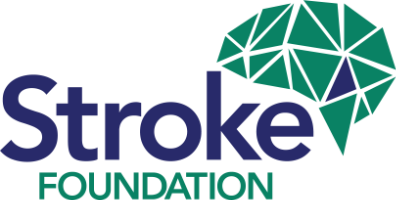-
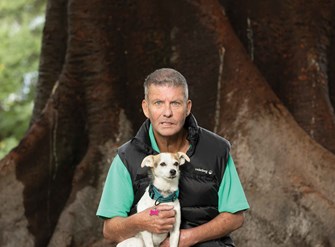
Glenn Browne, survivor of stroke
When Glenn collapsed while getting dressed, it was his Jack Russell, Miley, who helped save his life. Confused and unable to move properly, Glenn didn’t realise his phone was ringing until Miley licked his face and brought him back to awareness.
He answered the call—it was his neighbour, who had seen him walking earlier and noticed something was off. He urged Glenn to call triple zero (000) immediately. Paramedics arrived within 10 minutes, and Glenn received life-saving clot-busting treatment for stroke.
Glenn is urging everyone to learn the F.A.S.T. (Face, Arms, Speech, Time) signs of stroke. “Everybody should learn the signs because it could save someone’s life,” he says. This National Stroke Week, share the F.A.S.T. message—it could make all the difference.
-
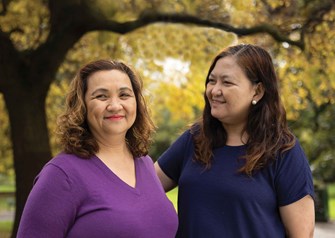
Tina Monseratte, survivor of stroke
I’ll never forget the night my life changed forever. One minute I was sitting down to dinner with my husband and aunt, and the next, my words began to slur and my face started to droop. Thankfully, my husband recognised the signs of stroke and called triple zero (000) immediately. That quick action saved my life.
I was only 49—proof that stroke doesn’t just happen to older people. Since then, I’ve been living with the ongoing effects: vision loss, speech difficulties, and cognitive challenges. But I’m still here, and I’m determined to make my experience count.
Now, I share the F.A.S.T. (Face, Arms, Speech, Time) message with everyone I can. Recognising the signs and acting fast truly can save a life.
-
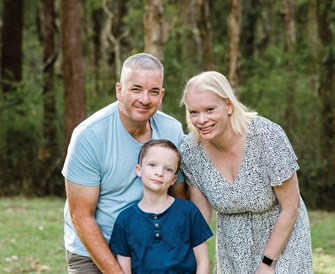
Stacey Carpenter-Salmon, mum to Xander, age 11
We’re part of National Stroke Week to help raise awareness that stroke can affect anyone—even children.
My son Xander had his first stroke at just five years old. Since then, he’s faced multiple strokes, undergone intense treatment, and shown incredible strength. Like many parents, we missed the early signs because we didn’t realise stroke could look so different in kids.
We share Xander’s story so others might recognise the signs sooner and act FAST—because it truly can save a life."
-
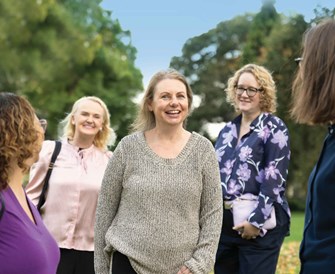
Julie Clydesdale, survivor of stroke
It was July 2012. I was just 38 when my dad found me on the loungeroom floor. I couldn’t move my left arm. I couldn’t explain what was happening. I had no idea I was having a stroke.
I’d been staying with my parents while recovering from a virus, and when they called triple zero (000), the operator said it was likely I’d had a stroke. My mum couldn’t believe it—“She’s too young,” she said. But she was wrong.
I had a second stroke just ten days later.
In those early weeks, everything changed. I needed help with everything—from eating, dressing, even going to the bathroom. I was given a wheelchair and told this would be my life now. I remember lying in hospital thinking, How did my life get here?
But 13 years on, I’ve found strength, independence and happiness. I live in my own home, work part-time in a role I love, and I’m surrounded by people who support me for exactly who I am.
-
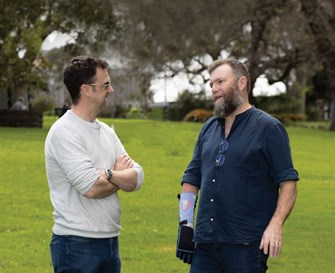
Adrian O’Malley, survivor of stroke
Adrian had a stroke in 2006 when he was 34, just weeks before his then wife Konnie gave birth to their first child. Instead of the couple preparing for the arrival of their little girl, they were in hospital for a different reason. Adrian was completely paralysed down his right side and dealing with loss of vision.
Adrian has said the stroke he had in his 30s could have left him at home on a disability pension, but he made a promise to himself that he would come home to his baby daughter and he did – 10 days before she was born. He also promised himself he would bushwalk again – which he did, 12 months to the day from discharge. -
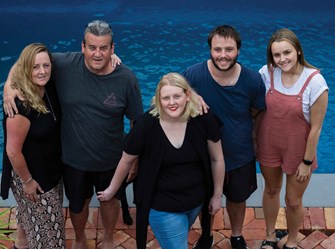
Hailey, childhood stroke survivor
Hailey had a stroke when she was just six years old. At the time, there was little awareness that stroke could happen to children, and she felt confused, isolated, and unsure of what was happening. “I didn’t even know what a stroke was,” she says. Hailey faced challenges like aphasia, fatigue and balance issues, and struggled to find support in a system largely designed for adults.
Now in her thirties, Hailey works with young people living with brain injury and volunteers to raise awareness so others don’t feel as alone as she once did. “You never know what you can achieve. I can do everything anyone else can do—I just have a different way of going about it.”
